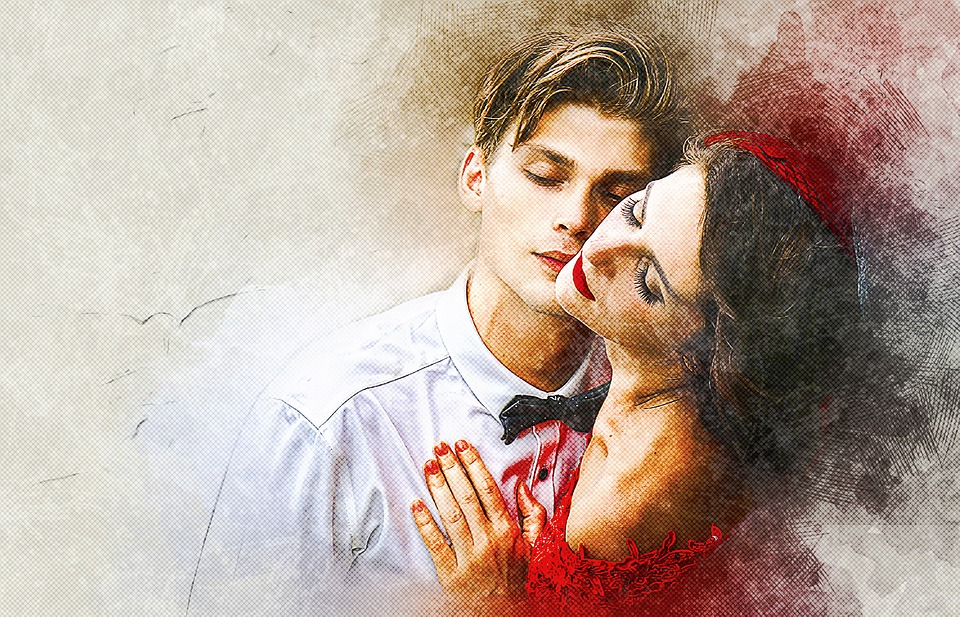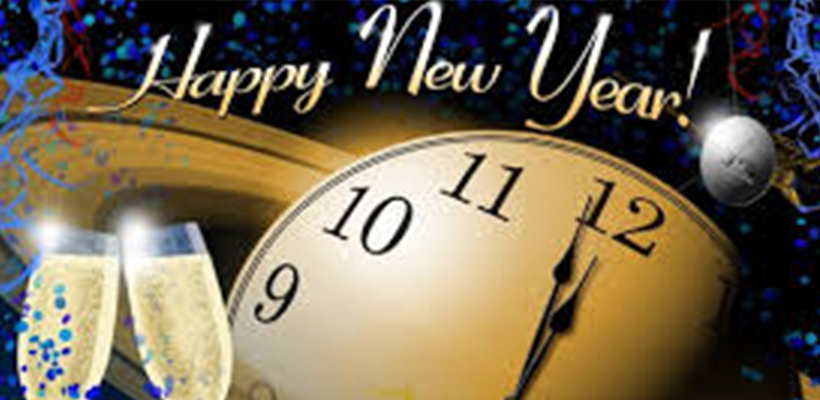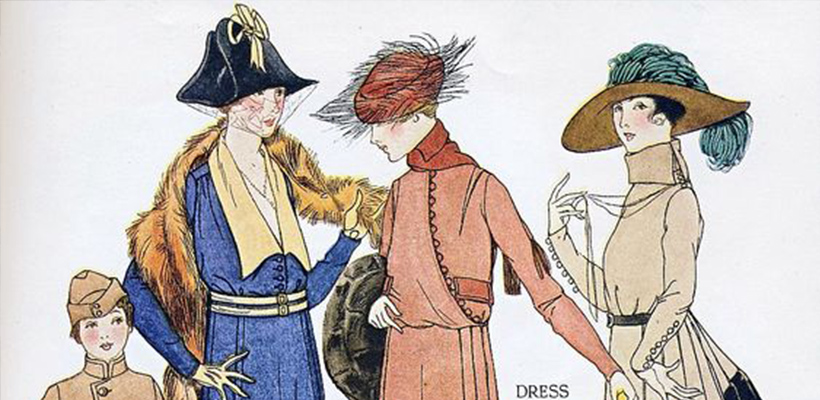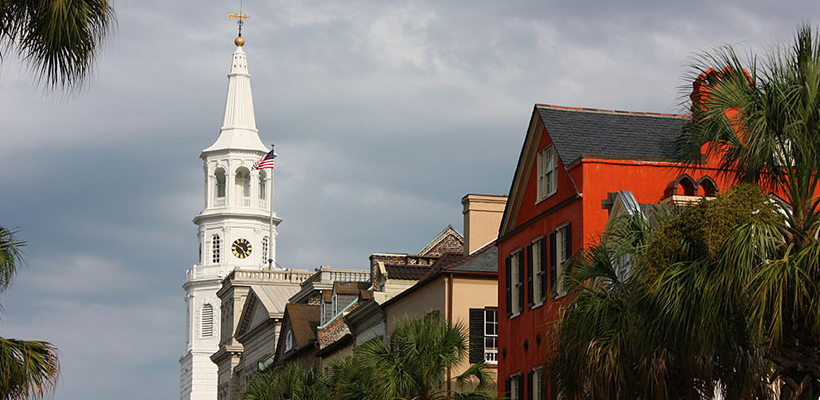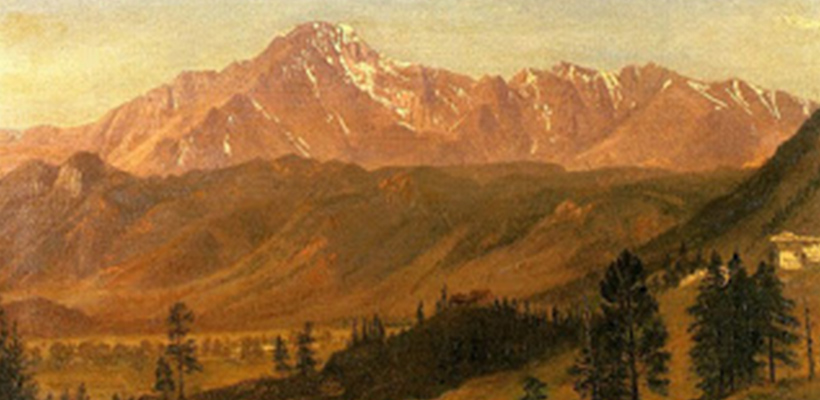Hello, Everyone!
If you’ve followed me as I appease my curiosity about the evolution of the romance novel, you have my deepest gratitude. There are times when my curiosity refuses to be satiated, and I’m not happy unless I’ve uncovered every possible piece of information regarding the subject. So let’s dig into the romance novel part IV.
The Romance Novel Part IV
The romance novel dates back to ancient Greece. The first novel to resemble contemporary romances were published in the 18th century, with Jane Austen’s novels appearing in the early 19th century. Now let’s move into the 20th century which introduced category romances. Mills and Boon blazed this trail in the 1930s by releasing hardback romance novels. Originally these books earned the moniker “the books in brown” because of their brown binding. Mills and Boon began as publishers of general fiction but turned to escapist fiction for women. Critics branded the category romance as formulaic and lowbrow, also the reasons for their success.
Harlequin
Harlequin, founded as a paperback reprinting publisher, purchased Mills and Boon in 1971. Harlequin’s first foray in romance was with the medical romances in the 1950s. Bookstores refused to sell mass-market paperbacks so Harlequin placed the books where women shopped, such as the grocery store.
Bodice Ripper
In 1972, Kathleen Woodiwiss paved the way for the bodice ripper romance in historical novels. Other authors followed concentrating on a monogamous relationship where the hero rescues the heroine even though he probably was the one to endanger her. This new style of novel introduced independent, strong-willed women with men who became caring and compassionate through the love of the heroine. The heroine was usually a virgin while the heroes were not. Janet Dailey was the first American author to write for Harlequin and the first to set her books in America. Originally it was believed that American settings weren’t a good sales angle.
The Genre’s Expansion
By the 1980s, the novels featured more explicit sex scenes. A survey revealed this was what readers wanted so publishers developed different lines to appeal to the readers’ tastes. Authors also created different types of heroes and heroines. They weren’t always young and beautiful. Now the characters spanned the gamut of age, and looks and physical well-being. The genres expanded past contemporary and historical and included science fiction, fantasy, suspense and thrillers. Though the genre began as “sweet and clean” before finding an audience for more explicit novels, there is still an audience for the sweet and clean novel, which makes me grateful because that’s what I like to read and write.
I hope you enjoyed this brief foray into the evolution of the romance novel. It was fun for me to learn where the genre started and how it evolved. In future blogs, I’ll examine other topics that have sparked my curiosity, and I hope you’ll join me on those excursions.
I pray God’s blessings for you and your loved ones. Have a wonderful week!
Love,
Laura
